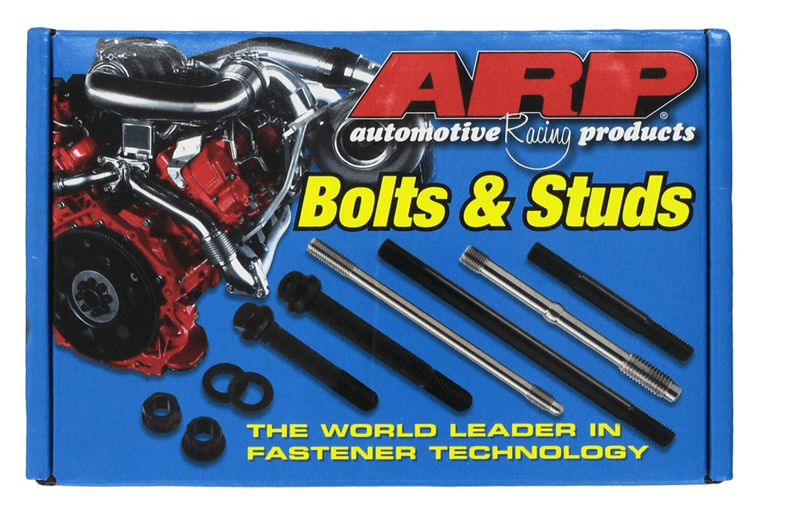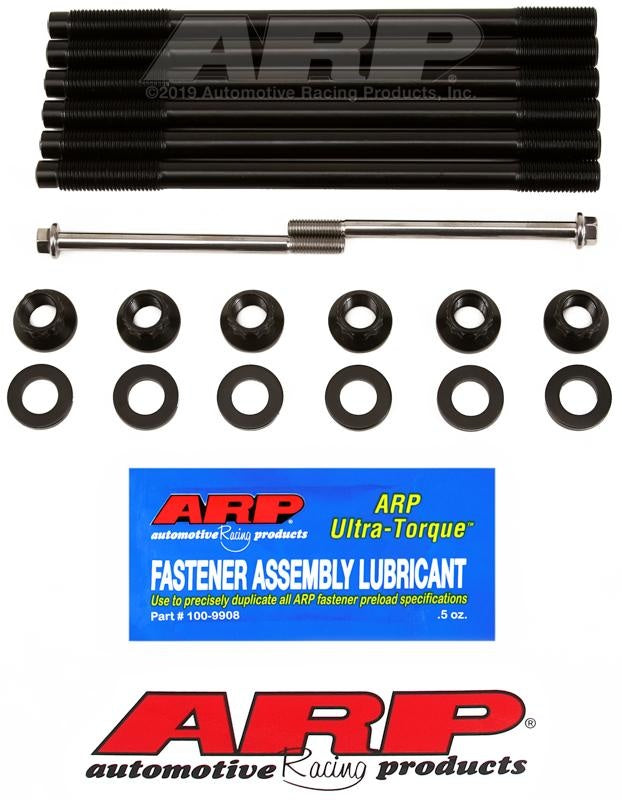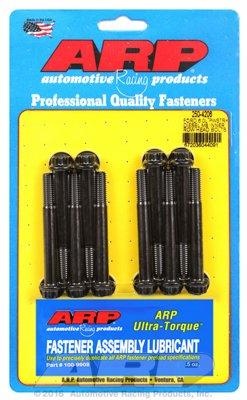ARP Head Stud Kits
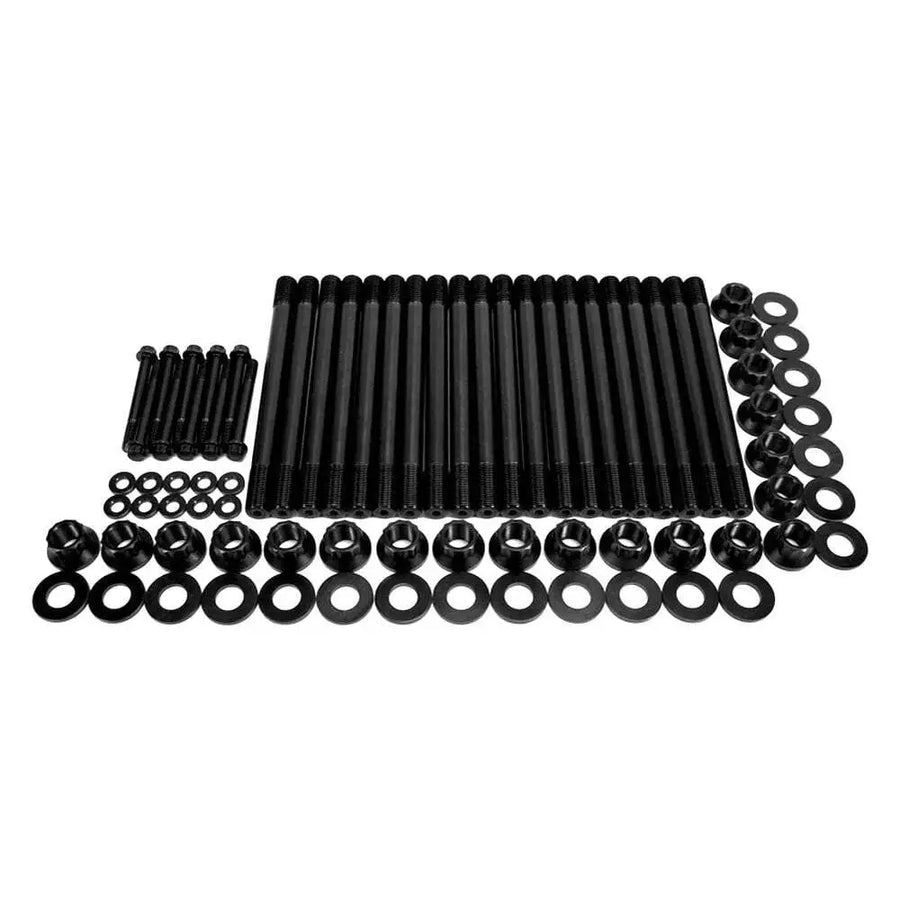
(2)
ARP 250-4203 6.4L Ford Powerstroke Diesel Head Stud Kit
- ARP - Automotive Racing Products
$689.98
$848.42

(2)
ARP 230-4201 Chevy Duramax Diesel Head Stud Kit
- ARP - Automotive Racing Products
$797.98
$1,017.75
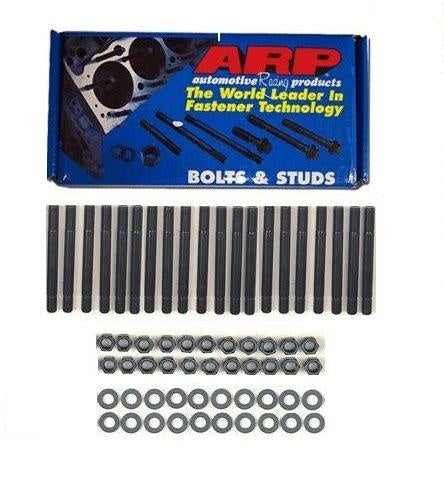
(3)
ARP 250-4202 Ford 6.0L Powerstroke Head Stud Kit
- ARP - Automotive Racing Products
$588.98
$781.42
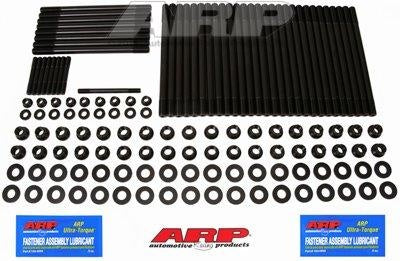
(2)
ARP 250-4301 6.7L Ford Powerstroke Diesel Head Stud Kit
- ARP - Automotive Racing Products
$895.98
$977.51
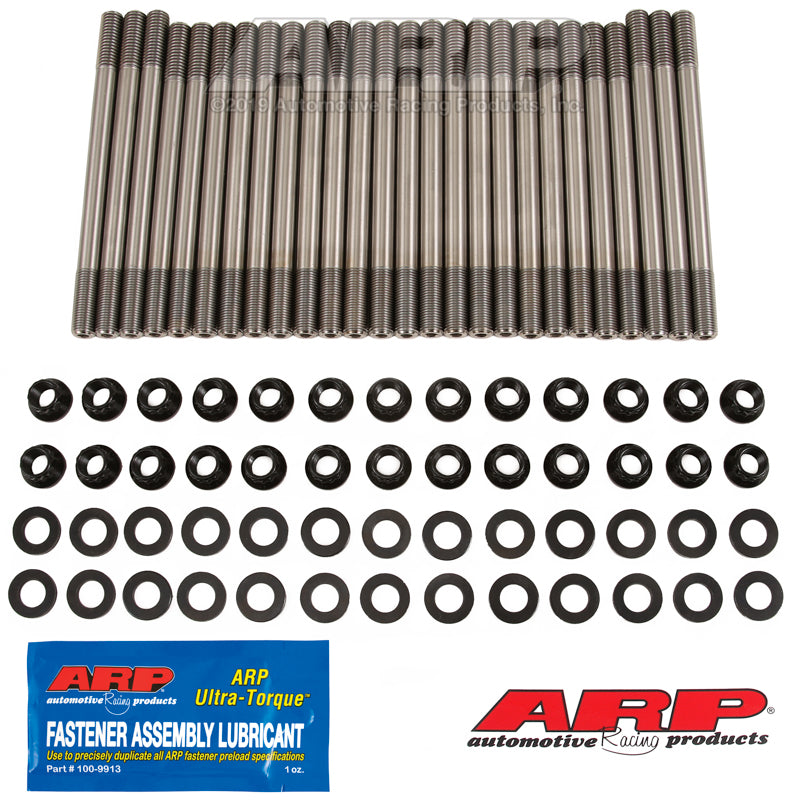
(1)
ARP 247-4204 Custom Age 625+ Cummins Diesel Head Stud Kit
- ARP - Automotive Racing Products
$1,388.68
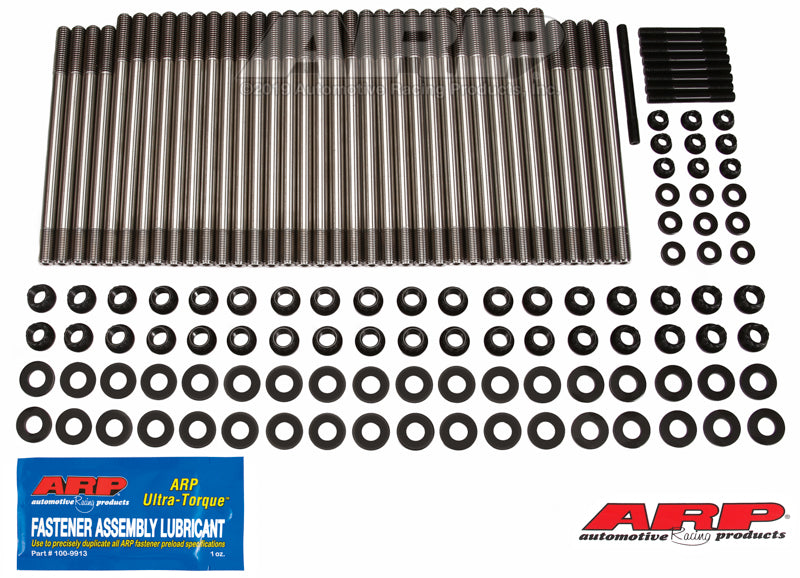
(3)
ARP 250-4302 6.7L Ford Powerstroke Diesel Head Stud Kit
- ARP - Automotive Racing Products
$2,098.00
$2,689.63
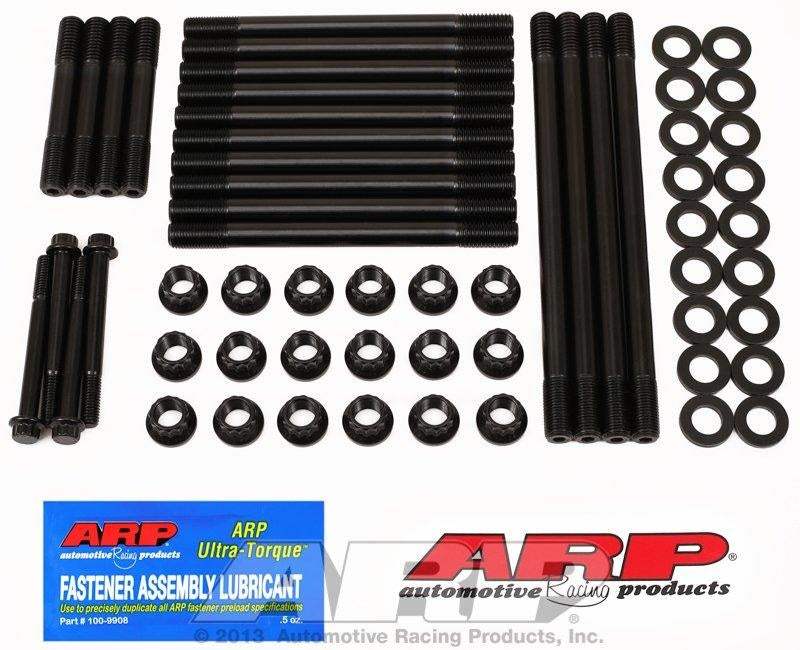
(1)
ARP 247-4206 3.9L Cummins 4BT Diesel Head Stud Kit
- ARP - Automotive Racing Products
$385.98
$496.02
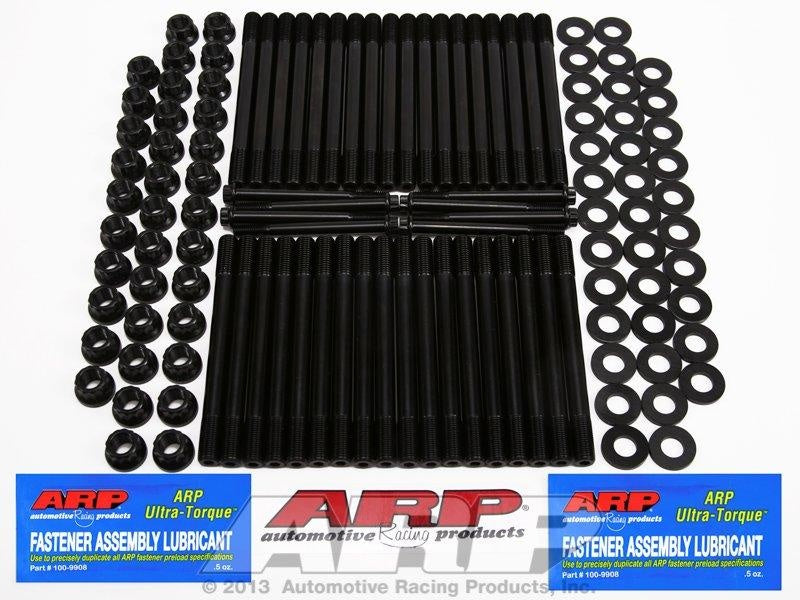
(3)
ARP 230-4301 GM LP5 Duramax Diesel Head Stud Kit
- ARP - Automotive Racing Products
$797.98
$995.38
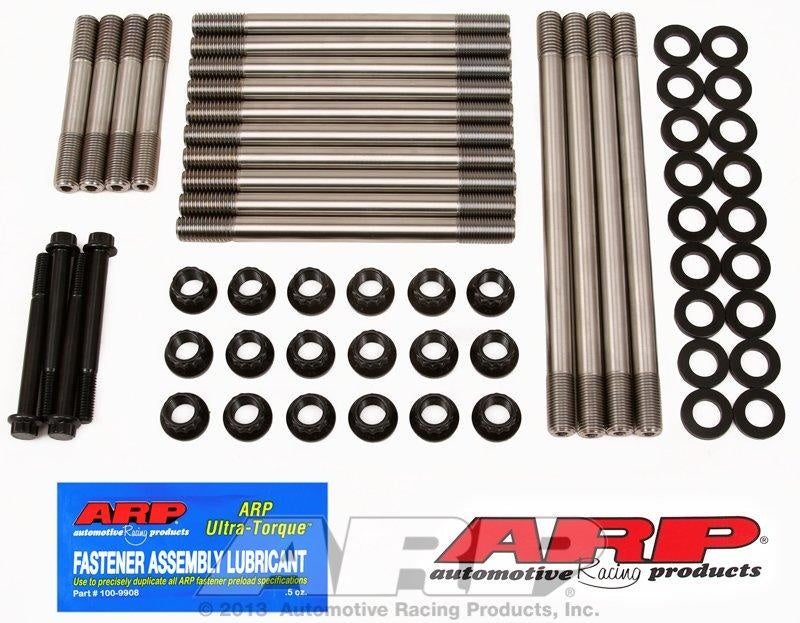
(2)
ARP 247-4207 3.9L Cummins 4BT Diesel Head Stud Kit 625+
- ARP - Automotive Racing Products
$945.95

(1)
ARP 230-4202 Custom Age 625 Plus Duramax Diesel Head Stud Kit
- ARP - Automotive Racing Products
$1,655.95
Showing
1
of
2
